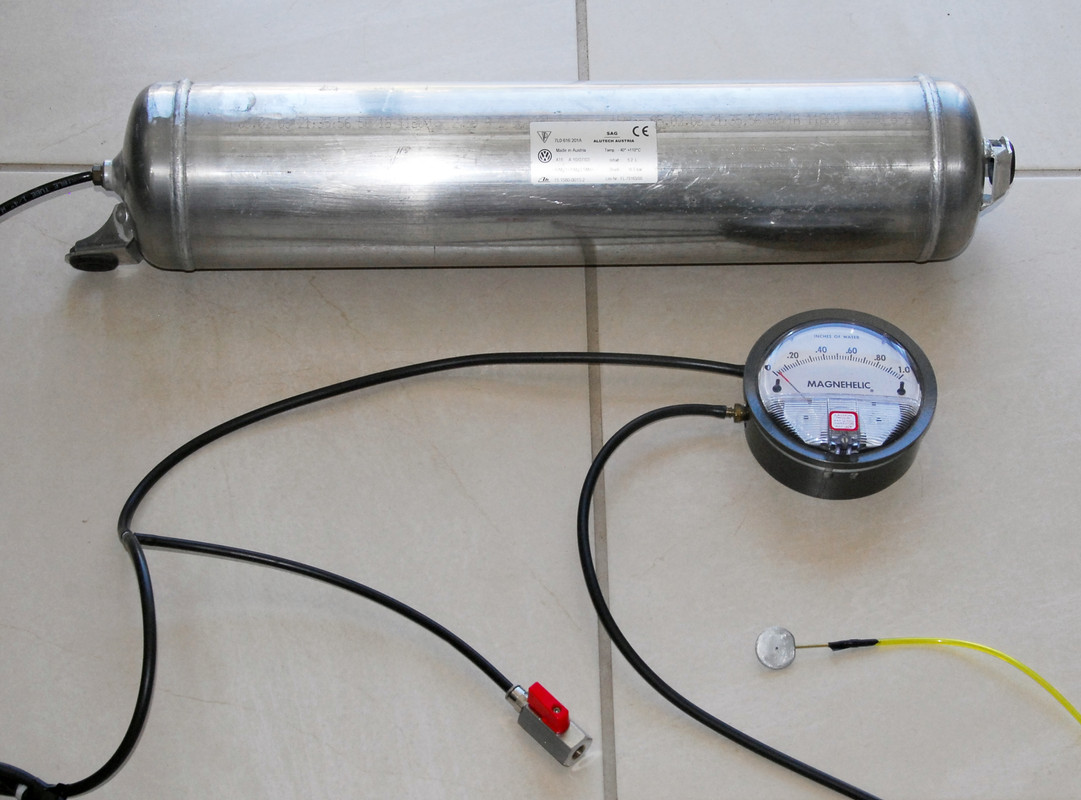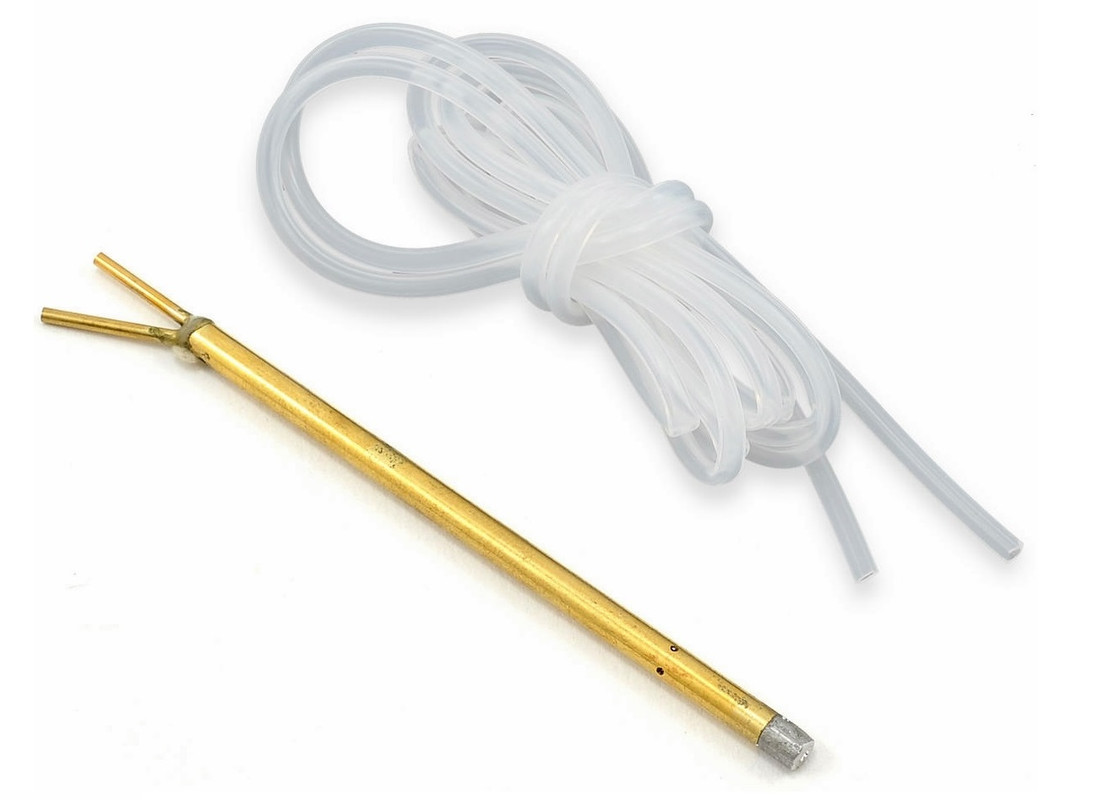I think that on-road testing beats any theorizing, hands-down. With car aero there are just so many inter-relating variables, that predicting what will happen in any given aerodynamic situation is very hard. (It's for this reason that I think many 'rules of thumb' are useless.) Testing shows you what is
really happening, not just theory or speculation.

I will skip past
tuft testing (that I think is fantastic) because most people already know about it. But tuft testing is still one of the best aero testing techniques, ever.
But what about the others?

I think that
surface panel pressure testing is critical. You'll need a Magnehelic gauge of suitable range (cheap on eBay), some tube, a surface pressure sensor (that you can make yourself) and a few other bits and pieces. With this equipment, you can then measure average pressures in the wake, and on any panel you wish to - both above and below the car. Suddenly you can see what the airflow is doing in terms of pressures - and it's pressures that create drag and thrust, lift and downforce. We've all seen the CFD images showing pressure distributions on a computer-modeled car, but you can easily measure them yourself on the road. Cost? About US$100.
 Lift and downforce
Lift and downforce are also easily measured. It's admittedly not as easy as measuring panel pressures, but directly measuring lift and downforce takes into account all the vectors (directions) that those panel pressures have. Any car having overall lift (basically all cars) has what is called 'induced drag' ie drag resulting from the fact the car body is developing those vertical forces. So reducing lift is very important if you are after low drag. Cost to measure lift? About US$75 - but some fiddly work in fitting sensors.
 Local airspeeds
Local airspeeds can also be easily measured. That is, see where airflow speeds are above or below the 'free-stream'. (Free-stream equals forward speed of car on a day without wind.) The easiest way is to use the trusty Magnehelic gauge and a miniature pitot tube, as sold cheaply for use on model aircraft. The pitot tube can also be used to accurate detect airflow angles, eg off the trailing edge of a roof on a sedan. Cost? About US$10 if you already have the gauge.
 Drag
Drag is the really hard one to measure. I think if you have sufficient time and patience, nothing beats mileage - but it needs to be over many thousands of miles for cast-iron results. And, not many people have the patience to make only one aero change over such testing regimes. In the absence of that, I think throttle-stop top speed testing looks very promising. At least it is consistent, quick and the first testing matches published data (eg windows up / windows down).